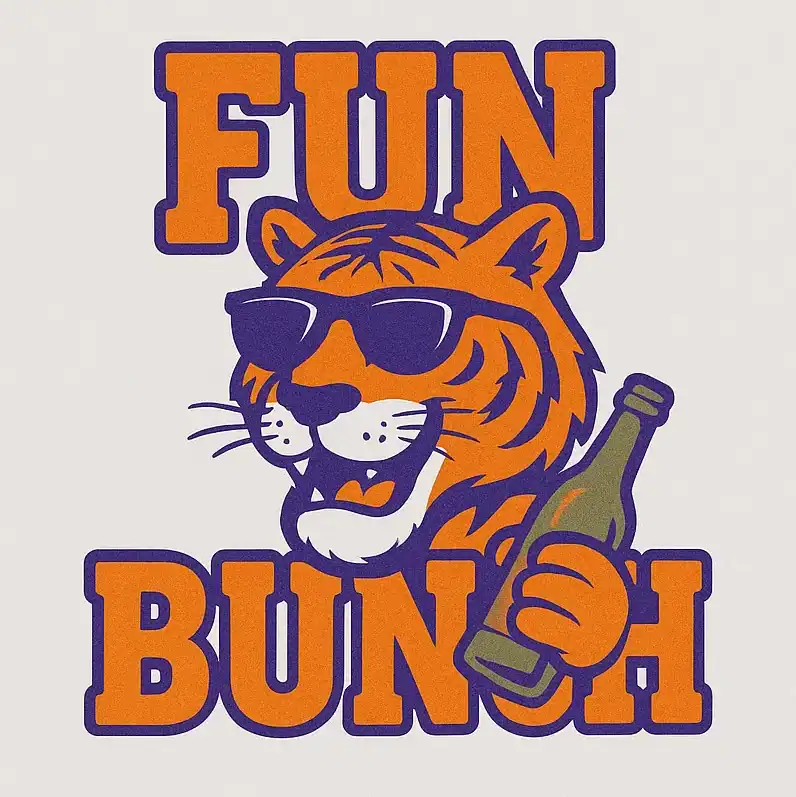A true time capsule of Clemson’s past, the Sloan Street Tap Room (opened 1979) is a tiny hole-in-the-wall bar that became legendary for its unvarnished character. Tucked on Sloan Street, this dive has always marched to its own beat – thanks largely to its owner, Jimmy Howard. Howard, the son of famed Clemson football coach Frank Howard, opened the Tap Room as a place for him and his buddies to drink and socialize, and that’s exactly what it’s been ever sincereddit.com. The Tap Room keeps things extremely simple: it’s a cash-only bar, serving only one beer on tap (usually a cheap lager) for $1 a cup, and the only “food” on offer is popcorn scooped from an old machinereddit.com. The walls are plastered with decades’ worth of Clemson memorabilia, quirky signs, and photos – each with its own story (if you can get Howard to tell it). Regulars – many of whom have been coming for generations – trade good-natured barbs with the notoriously gruff Howard, whose grouchy demeanor is itself part of the bar’s lorethetigercu.comthetigercu.com. A sign above the bar jokingly reads, “Will Rogers never met Jimmy Howard,” poking fun at his rough edgesthetigercu.com. Newcomers (especially college kids) sometimes find the Tap Room unwelcoming – indeed, it has a reputation for not catering to the typical student crowd. Two IDs are required at the door, and the atmosphere inside is dominated by long-time locals and Clemson old-timers who aren’t shy about eyeing strangers skepticallyreddit.comreddit.com. But those who enter this smokey, no-frills tavern get to experience a living slice of Clemson history. Nothing has changed at Sloan Street Tap Room in decades – which is exactly why it’s cherished. It’s the kind of place where if you went in 1985 and returned in 2025, the same folks (or their offspring) would be sitting on the same stools, arguing about Clemson football and enjoying that same $1 beer. In an era of constant change, the Tap Room’s stubborn timelessness is something to treasurereddit.com. (Note: The Tap Room remained open well beyond the ’80s – remarkably, it survived into the 2020s – but it earns a spot on this list as an unchanged relic from that earlier time.)

